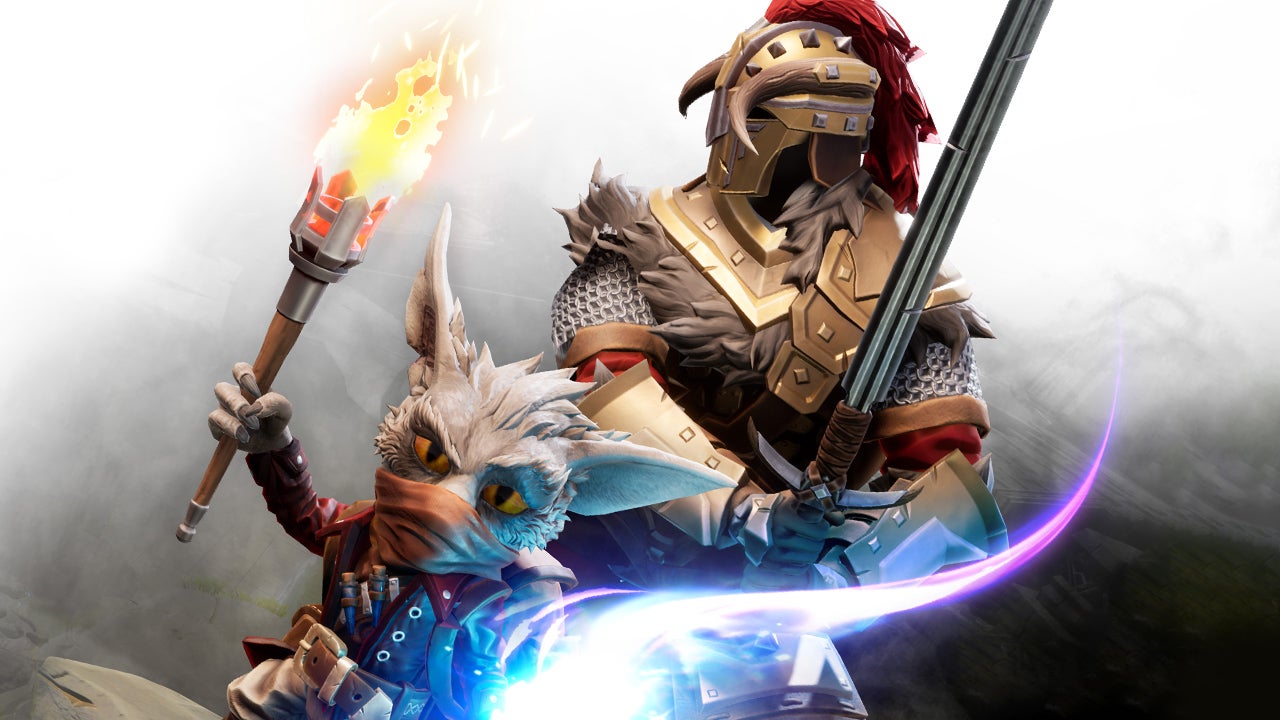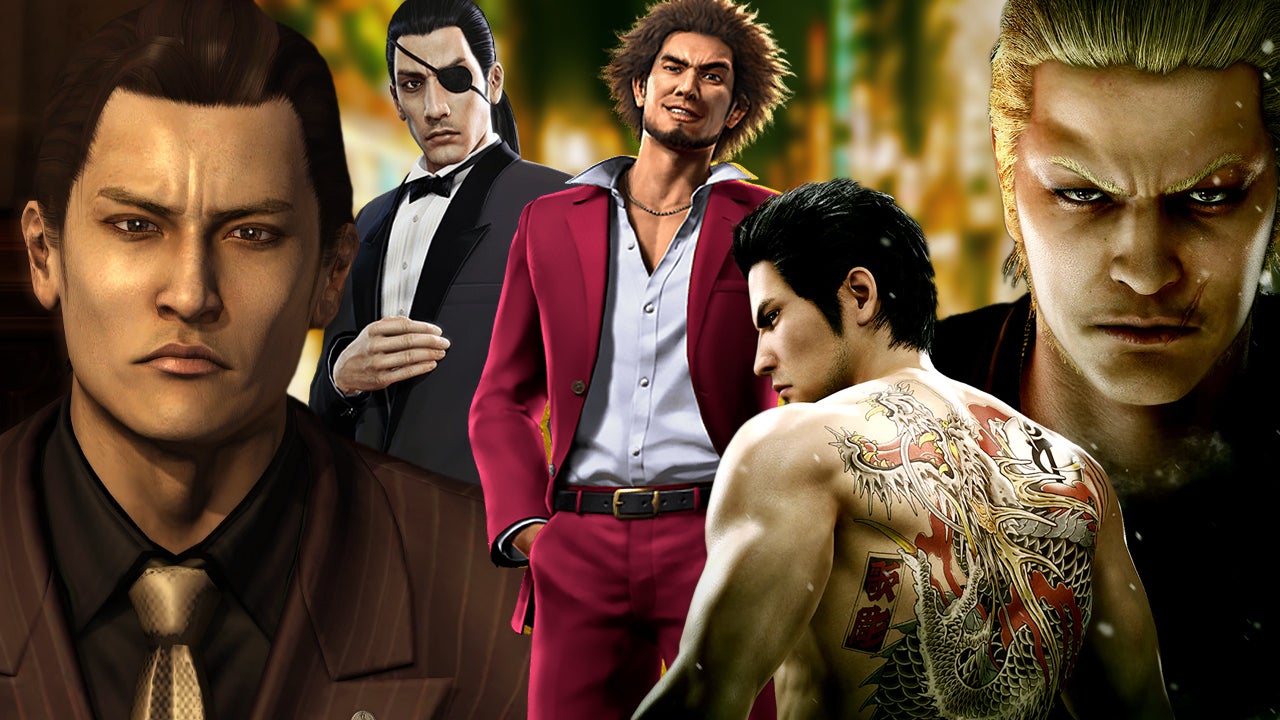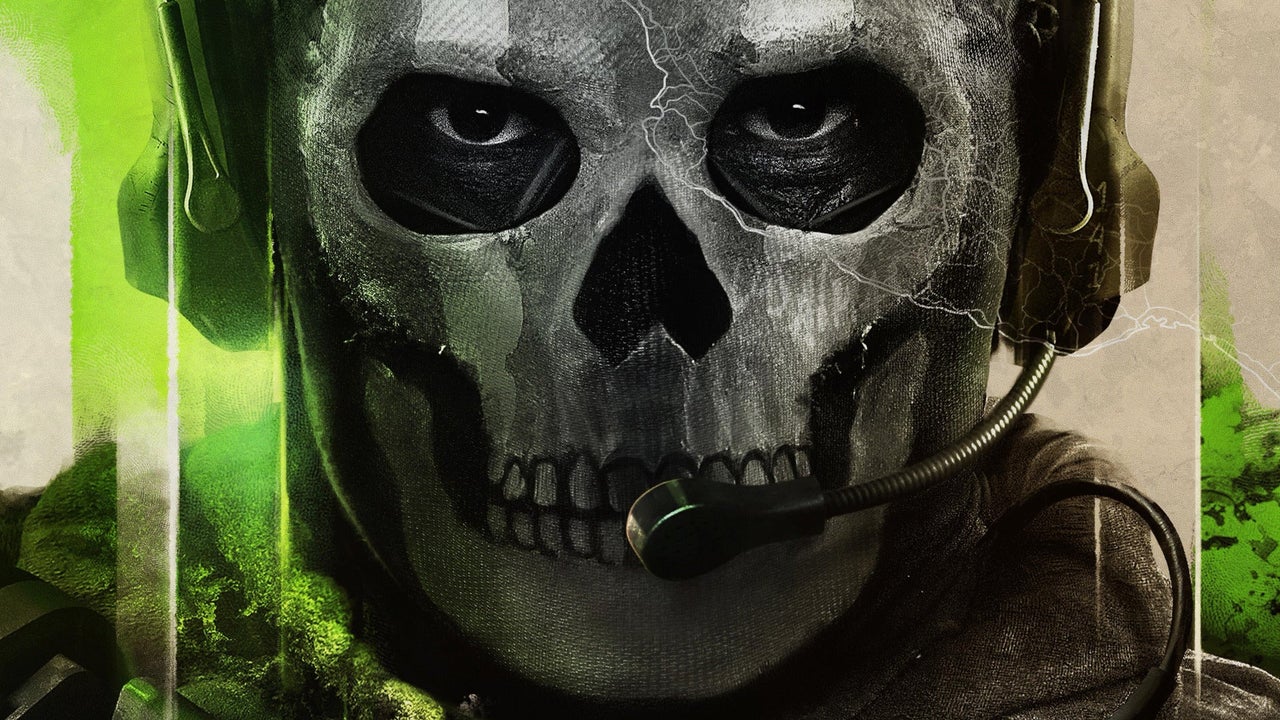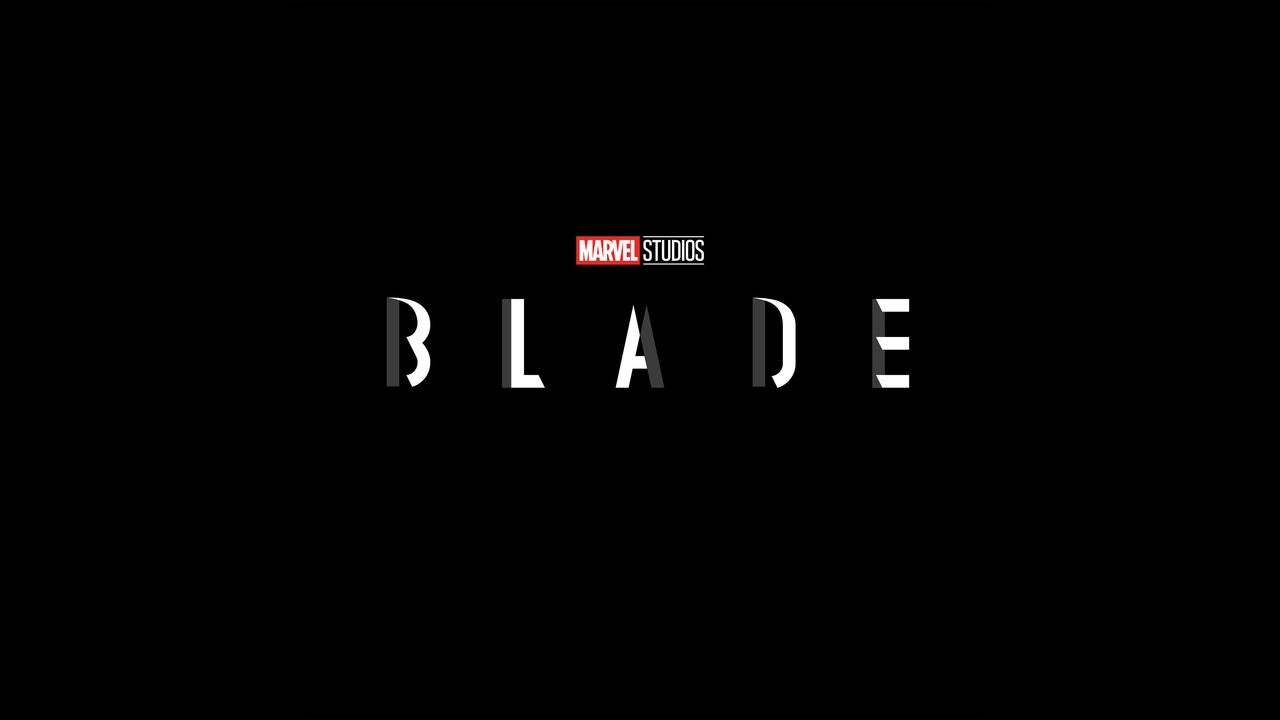It can be tough to stand out from the pack when creating another Dark Souls-inspired action game to toss on the pile. In theory, developer Point Blank Games had the right idea of how to do it with Stray Blade, making a more approachable soulslike with a focus heavily on traditional storytelling in a bright fantasy setting. But while that makes for a great first impression, every piece of it falls short of both its own ambitions and the high bar set by others in the genre. Poor level design, uninteresting world building, and shoddy combat mechanics keep this stray from ever finding its way home.
As the capable and curious Farren, you find yourself trapped on the magical island of Arcea with no way off besides being led on a quest to kill some big bad guys, break a magic seal, and yada yada yada – you know the drill. As much as I came to like the self-important heart of gold hero Farren and their relationship to their scrappy and altruistic spell slinging sidekick, Boji, this story has nothing you haven’t heard before, and is told in largely forgettable expository dialogue and lore pickups. When following the main path, I felt like I was stopping to hear the two characters riffing off of one another about the local environment, their backgrounds, or the mission way too often. The trope of lonely, barren, and opaque soulslike storytelling is tired these days, but Stray Blade feels like it overcorrected in its attempt to swing the opposite way.
The world itself is very pretty, at least. It’s epic scale and bright colors really help make Acrea look like a storybook fantasy world teeming with magic. The locations themselves don’t feel much different from one another outside of the colors and flora though. You do the same sort of platforming and cave skulking in each region, where you’ll find a plethora of nooks and crannies hiding crafting materials or lorestones. I found myself getting distracted by side paths a lot during the roughly 18 hours it took me to finish Stray Blade, and I always felt like the end prize was worth the trouble.
“
That said, the layouts of these regions are often confusing, lacking many good landmarks to help navigate with. The in-game map and on-screen compass do a mediocre job of helping you find your way back on task, as well. The former has no way to indicate elevation, so you can’t tell if a location is high on a mountain or deep in a valley. Meanwhile, the compass can show you which direction to go, but not what path to take, so you’ll often have to rely on the context clues of Boji occasionally flagging you down and pointing you to the right direction – but even then, Boji has a habit of just showing up in places that aren’t the right direction at all.
Each area is brimming with hostile enemies who don’t take kindly to your presence. You’ll exhaust the variety of these enemies pretty early, with stronger versions swapping colors and adding a new attack here and there later on. Combat, though largely restricted by stamina with combos based on weapon type a la Dark Souls, tries to spice up the well-worn formula to mixed results. Weapons themselves come in many forms, from mighty hammers to quick daggers, each with their own light and heavy attacks. Some of the more unique weapons, like the Arcane ones you’ll have to explore to find in the mid and end game, were tons of fun. Some of my favorites include an unreasonably large molten sword that explodes on impact, or a katana that grows in size after every swing in a combo.
“
Enemy attacks are color coded: red ones must be dodged and blue ones can only be parried. Perfectly timing a dodge or parry refunds some stamina back to you, and on-time parries specifically can drain enemy poise meters, which opens them up for executions when fully empty. The problem is that the timing windows are all over the map, with a mix of muddy responsiveness and some deceptive enemy animations that can give nailing defense maneuvers a frustrating learning curve. Missing feels particularly bad, too, as enemies can easily catch you in extremely punishing stun loops in return.
“
The skill tree is large, but a bit of a misnomer as any of the actual “skills” you learn all come from outside of this tree, usually from defeating bosses. Instead, its more of an elaborate stat sheet that encourages you to try a lot of different weapons because enhancing things like maximum health or base attack damage is tied to how many kills you have with each one. This gates both your power and a feeling of overall growth behind your ability to craft new weapons and find new blueprints, the former of which is more of a pain than the latter. I spent so much of my adventuring time picking up materials and still never seemed to have enough to craft all of the blueprints burning a hole in my inventory.
Also, we’re gonna keep this list FromSoftware free. This is a list of the best soulslikes, not the best Souls games – and yes, we’re including Sekiro and Bloodborne under that banner, too. Now that we got all of that out of the way, check out the video/gallery above, or scroll down for the full list!” src=”https://assets-prd.ignimgs.com/2021/02/11/top10soulslikes-sscover-1613082108012.jpg?width=888&crop=16%3A9&quality=20&dpr=0.05″ class=”jsx-2920405963 progressive-image jsx-1049729975 image aspect-ratio aspect-ratio-16-9 jsx-1330092051 jsx-3166191823 rounded loading”/>
The more interesting skills Farren gets access to are special abilities earned by taking down bosses. Even though they have uses in and out of combat, their battle effects are lackluster in comparison to the regular weapons. One late game ability, Xhinnon, stops foes in their tracks for a moment, which is great until only an hour or so later when many of the enemies become completely immune to it. The one I used the most, Intium, allows you to teleport to targets, but the attack itself does very little damage and leaves you susceptible to counter attacks since it doesn’t stagger enemies.
Boji has his own skill tree as well, which allows you to power up both the abilities you can command him to use and runes that give you passive combat bonuses for a limited time. His abilities can be helpful, like one that fires a bolt of force and chips away at enemy poise, but I found that I got far more use out of runes, which require small amounts of materials to give you buffs like health recovery after finishing off enemies. My favorite knocked over enemies that did damage to me, which went a long way towards evening the playing field of Stray Blade’s inconsistent combat.





